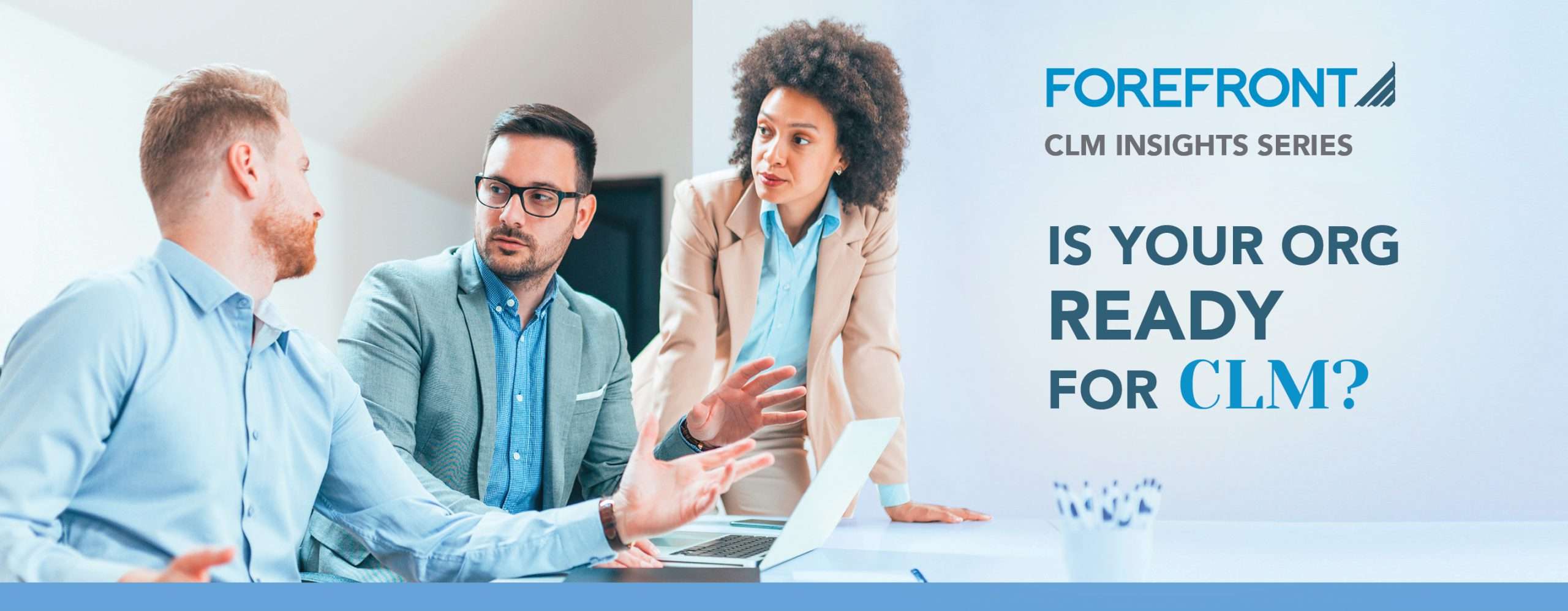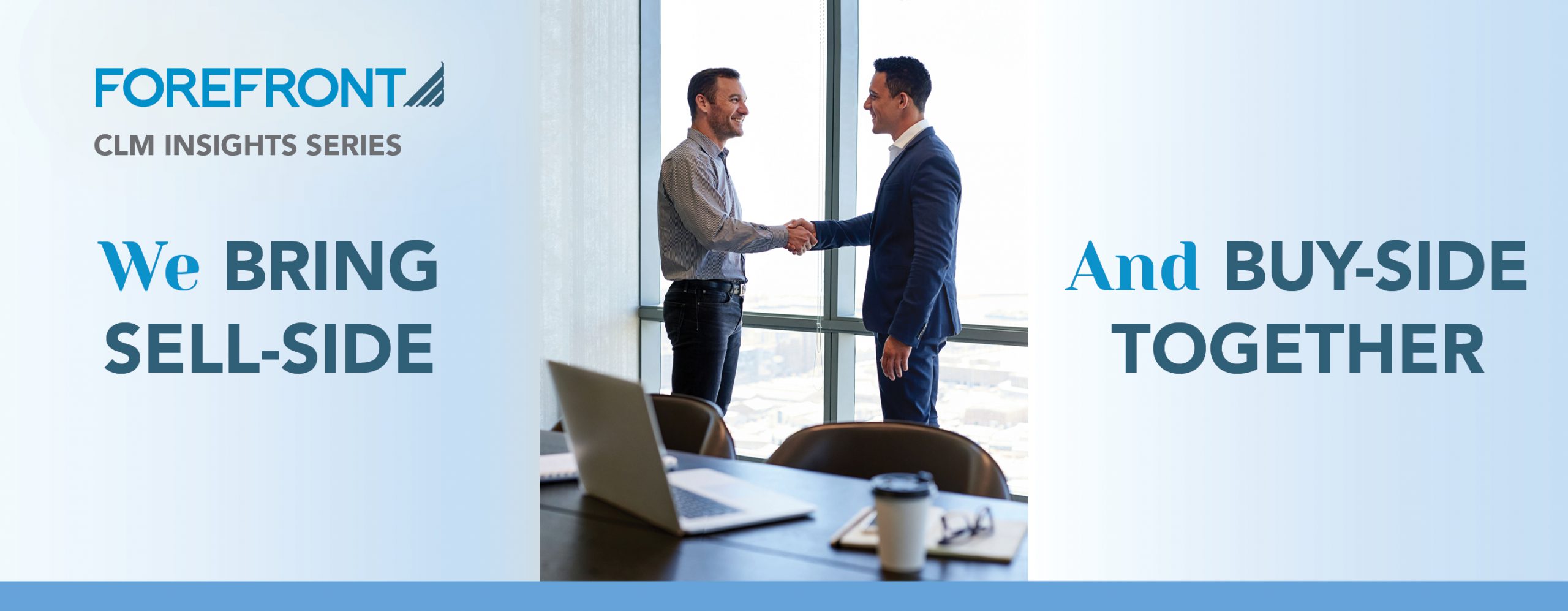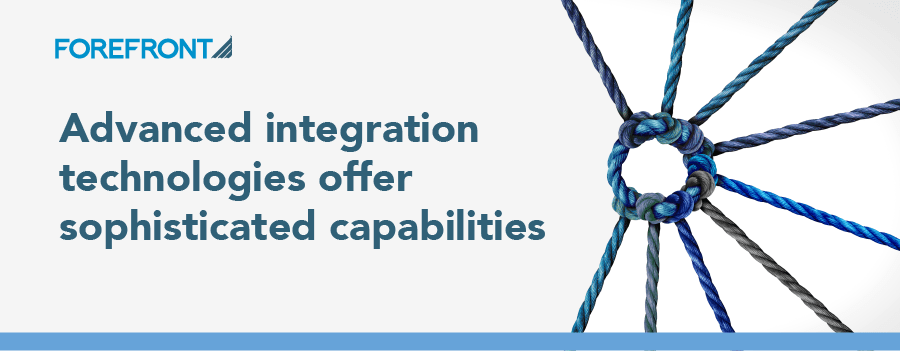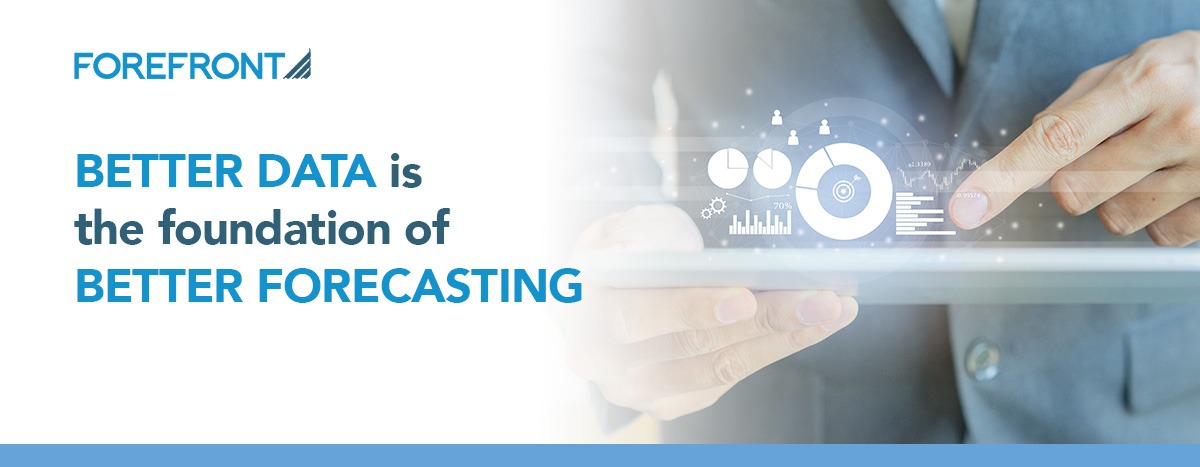Readiness Insights
Contract Lifecycle Management, or CLM, is an optimal way to transform your business from the inside out. Considering a successful Contract Lifecycle Management implementation? You’ve come to the right place! Important insights are provided here-in. Some are no-brainers, while others may not be as obvious. Let’s start with standard Best Practices:
-
Assemble the Project Team of stakeholders across functional areas – no overcommitment
-
Assess and analyze Current State vs Desired Future State – no unrealistic journey
-
Document diligently the Functional & Technical Requirements – no oversimplification
-
Vet out Vendors for fit with requirements – no unproven solution
-
Make a realistic plan (timeline, budget, resources etc.) – no rushing without all of the major impacts
Steps for Implementation
CLM is a big investment! It is important to prepare thoroughly so you get the maximum value possible. In the second addition to our CLM Insights Series, we’re walking you through the following focus areas and some less obvious, but critical, steps that need to be taken to ensure a proper implementation:
-
Legacy Agreements (identify, locate, analyze)
-
Customer Relationship Management Data and Architecture
Legacy Agreements
With the stakeholder team, identify and evaluate the legacy contracts that your company has executed. This is a significant assessment across all contract types that will be handled by CLM in the future state. It might sound obvious or simple, but it can be a daunting task for many groups:
-
Where are the contracts stored? Is there a repository that contains all contracts for the company? Are they stored in people’s emails, saved on their laptops, or printed out in a filing cabinet?
-
How many contracts? If it’s difficult to track down where they are, it will be very tough to get a good count. And, how many are currently in-flight, not yet executed?
-
How are the contracts formatted? Are they hard copies stored in a filing cabinet/scanned? Or are they searchable files? What about template variations, standardized or various look and feel?
-
Is metadata currently tracked for these contracts (such as dates and $ amounts)? For instance, is there any way to get a reliable estimate for how many contracts are coming up for renewal?
If the goal is to leverage CLM insights for legacy agreements, then the above questions need to be addressed in a collaborative cross-functional team approach to ensure project readiness.
Customer Relationship Management Data
A CRM system contains a vast amount of client data that is used in a lot of different operational ways. Prior to adding CLM to the mix, an understanding of what kind of quality the data is and how it got there is critical. The following topics are important to note:
-
Data Quality?
Is the data contained in Salesforce CRM a reliable “source of truth”? Is it accurate and complete? One common example:
-
-
A salesperson inherits an account coming up for renewal, and Salesforce CRM shows that the price the client paid is $400/ license. When the salesperson presents the renewal, client responds with a scanned copy of the executed MSA with a negotiated rate of $350/license.
-
-
What happened? The previous salesperson forgot to update the unit cost field per license after negotiation. Even though the salesperson entered the correct Total Contract Value of the signed contract, renewal calculation based on $400/license is wrong.
-
Data Sources?
Where and how is the data getting into the CRM? Is the needed data required for managing contracts currently present? It should be before deploying and using CLM. Common challenges:
-
Manual data entries which are prone to errors, omissions or user-to-user inconsistencies
-
From other integrated systems data which might be structured differently or of poor quality
-
From external third-party data sources which might be out of date
-
Data Governance?
How is the data managed? Who is accountable to enforce data management best practices – sales ops, legal ops, CRM admins? For instance:
-
-
Access privileges based on user role and permission level
-
Monitoring of mandatory data compliance and/or privacy as required
-
Upkeep of data maintenance, good org health and frequent back-up
One main reason to add CLM to Salesforce CRM is to have a single source of truth, a single system of record, and a single hub for all incoming and outgoing operational business outcomes. This is especially important for data management, and is not the case if:
-
“Who, what, when, where, why or how?” cannot be answered
-
Your organization cross-checks data with off-line documents, emails, sticky notes to reconcile
-
Your organization has incomplete contract metadata tracking
It is critical to assess existing Customer Relationship Management data and its sources before deploying any CLM solution. Without this step, there is a significant risk of losing revenue opportunities, failing to meet obligations, and adding costs & user frustration.
CRM Architecture
Hand-in-hand with CRM data quality is the CRM structural system to maintain it. Good data doesn’t do much if your Salesforce org. is not well built and organized. Consider these items:
-
Data Hierarchy?
How are the main objects structured like Accounts and Assets? Depending on the org. structure, objects that should be related may not be recognized as such in the org. One common example:
-
-
A salesperson is given an Account which is the ultimate parent organization for an Enterprise corporation. Manager requests a historical report of all contracted business done with this Account over the past two years. However, some of the Enterprise’s subsidiaries aren’t associated with the parent Account in Salesforce, so they don’t show up. But one of those subsidiaries is a huge spender…
-
For some businesses, specific locations are extremely important in contracts. An example of this can be found in many health care organizations. Current ERP system may have a flat account structure (i.e., only one location provided) but there is a need to know individual “sell to,” “bill to” and “ship to.” Misappropriation of location can become a downstream financial nightmare.
-
Record Type?
While a useful Salesforce approach is to enable different business rules, processes, and views for different types of users, some clients create too many (and unnecessary) record types. This potentially creates a problem in finding and editing records, or managing all records in one place.
-
-
A salesperson has prospects and customers in both private and public sectors and wants to manage all in one place. However, the company’s salesforce org. has two record types – one for private and one for public. Some opportunity steps are different between the two but the sales process is the same. When accounts review takes place, some accounts don’t show-up.
-
Customization & Automation?
Salesforce offers flexibility in customization and automation options. It helps with data integrity and quality but represents an implementation challenge. If the org. is highly customized and/or with automated workflows, then unwinding some and re-architecting may be required to ensure a properly functional CLM solution.
If customer relationship management data is not seamlessly available to CLM in the right place and in the right structure, then implementing CLM will surely be problematic. Addressing the above items during or after deployment will impede user adoption and overall CLM project success.
Bottom Line
CLM readiness may seem like a lot of work, difficult to plan and execute, or not even necessary before implementation. If the above steps are followed, potential for unforeseen or unpleasant surprises is reduced.
ForeFront has developed a proven readiness framework to help guide our CLM clients and de-FUD (Fear, Uncertainty, Doubt) concerns. Framework consists of 3 key steps:
-
Health Check: A valuable CLM pre-requisite to assess Salesforce org. health. Maestro is a proven and proprietary ForeFront tool with many useful features and on-demand reporting capabilities.
Outcome: Our client is aware beforehand of any pending issue with their CLM deployment.
-
Recommendations: An honest readiness review based on Health Check findings with one of our certified Conga CLM experts. It is a collaborative approach where we share helpful insights.
Outcome: Proposed priorities with identification of areas requiring further scoping.
-
Scoping: A mutual understanding of the challenges ahead based on legacy agreements, CRM data and CRM architecture considerations, as noted above.
-
We proactively address requirement changes before project start (vs. during)
-
We ask client for a reverse demo, a walkthrough of their current agreement approach
-
We connect current pains at the technical and business user levels
-
We minimize risk by planning for a phase-approach (not all at once) contract migration
Outcome: A digital CLM transformation readiness plan is created before full CLM implementation.
Once ForeFront has provided this guidance, much of the preparatory work is best handled by the client; providing them with significant time and cost savings (vs. partnering with one of the Big 4).
The next part is about taking our industry insights and tribal knowledge, and applying it to the client’s solution framework – making the CLM implementation less stressful and more valuable!
Reach out to our Team for more information!










